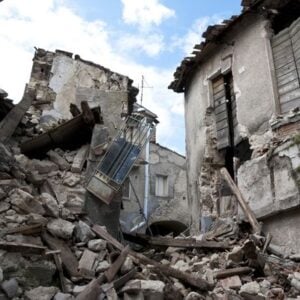In an effort to improve disaster preparedness and anticipatory action in Zimbabwe, the Food and Agriculture Organization of the United Nations (FAO) recently conducted a hands-on Geographic Information Systems (GIS) training session. Held in Bulawayo, the workshop equipped field officers, enumerators, and technical staff with practical skills in hazard geotagging, focusing on collecting and analyzing spatial data related to environmental threats.
During a field exercise in Matobo District, participants used a customized Hazard Geotagging Form to record real-time data on a range of threats including droughts, floods, crop pests, livestock diseases, and wildfires. The data captured included crop and livestock health, water availability, and infrastructure damage, all geotagged with GPS coordinates and accompanied by photographic evidence. The use of mobile GIS tools marked a new, empowering experience for many of the field officers, enabling quick and accurate data collection.
Veterinary and agricultural extension officers highlighted how the training enhanced their understanding of how spatial data can guide early interventions. With the rise of climate-related hazards, participants emphasized the importance of shifting from reactive to proactive strategies. For many, the training transformed traditional descriptive reporting into robust, data-driven technical documentation featuring maps, statistics, and georeferenced hazard locations.
This upgrade in reporting capacity is expected to directly benefit farmers. With new GIS skills, extension officers can now provide tailored advice based on predicted environmental risks. This empowers farmers to make informed decisions regarding seasonal planning, input purchases, and water resource management, enhancing their ability to mitigate losses from climate shocks.
In areas such as Beitbridge, Gwanda, and Insiza—where drought and water scarcity have long been challenges—the ability to detect and communicate hazards early is vital. FAO’s initiative to train local officers in hazard mapping strengthens communication between farmers and policymakers, supporting more timely and effective responses.
The GIS training is a key component of FAO’s broader anticipatory action approach, which aims to protect communities before disasters strike by leveraging real-time data and localized knowledge. According to FAO’s Food Security Analyst, Talent Manyani, this capacity-building exercise marks a crucial step in enabling field teams to act early and minimize the impacts of climate-related emergencies.
Overall, the initiative reflects FAO’s global commitment to proactive disaster risk reduction and aligns with Zimbabwe’s national efforts to create a resilient agricultural sector amid growing climate variability.







